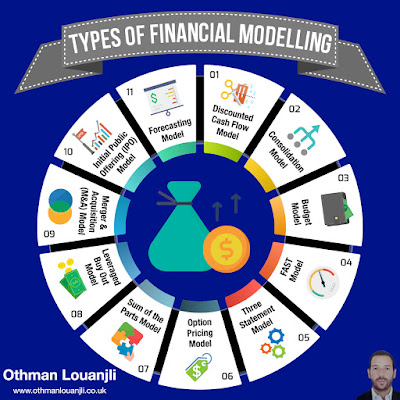The start-up stages of a business can often involve a
sizeable amount of trial-and-error, which involves trying out different product
offerings, marketing methods, and sales approaches. At the start-up stage, this
is often undertaken without the benefit of a refined and mature set of business
processes. Many business experts argue that the trial-and-error approach is a
bad one; however, the early part of a business’s life - or the beginning of an
entrepreneurial career - can benefit from the use of trial-and-error as it can
offer many opportunities for learning.
Once a business matures out of this stage, strategy and
process refinement and development are important elements of scaling the
business to a larger size. Particularly, driving growth needs an approach that
moves key processes like sales and marketing away from requiring the input of the
owner(s), and towards a system that is much more automated.
Knowing Your Numbers
A solid grasp of your financials is an important part of
being in business. Without the knowledge of which products make you the most
profit, or whether you are making any profit at all, you can’t understand which
area of your business would benefit most from your effort and attention.
An income statement (also known as a profit and loss account)
is a business document that allows the owner to see the performance of their
business over a defined period of time in the past. This is often used to
understand the health of the business over the past financial year, or one
particularly quarter. In addition to other financial tools, including the
balance sheet, the income statement can be great for allowing you to see how
well your business has performed. Yet, while they are great for understanding
the past, they are not particularly helpful when forecasting the future.
Financial Modelling
Financial modelling takes a number of different inputs, such as
historical financial data from the income statements and balance sheets, to
predict how the business will perform in the future. By undertaking financial
modelling like this, business owners are able to make better decisions, as well
as better understand the impact of such decisions and forecast trends.
Financial models are commonly used in the financial
industry, with bankers and investors such as Othman
Louanjli of Julius Baer creating financial models as part of their
jobs. In addition to this application, financial models can also be used to
help business owners understand the drivers of their businesses, finding
opportunities to drive growth.
 |
Understanding the Profit and LossAccount
|


No comments:
Post a Comment
Note: only a member of this blog may post a comment.